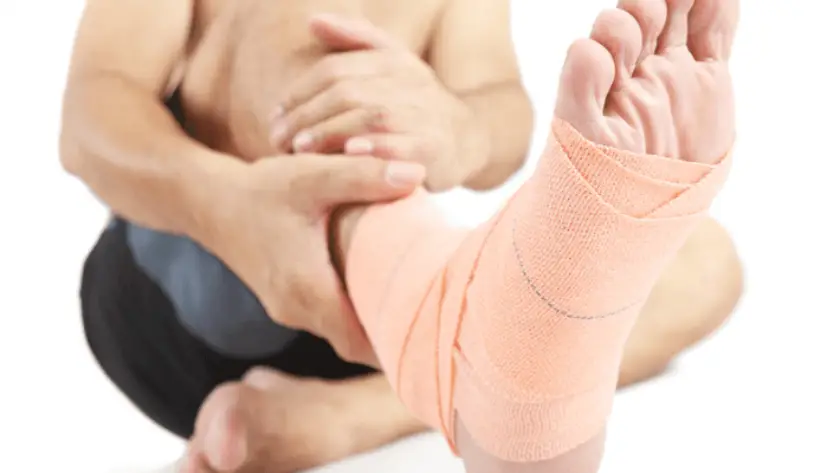Sprain vs. Strain: What’s the Difference?
Sprains and strains are two types of injuries that can affect the soft tissues in your body. They share a number of symptoms, but there are also a few important differences.
The main one is that they affect different soft tissues:
- Sprains affect ligaments around your joints, which are the bands of tissue that connect your bones to other bones and cartilage.
- Strains affect muscles or tendons, which are the cords of tissue that connect muscles to bones.
To help you tell these two injuries apart, get to the bottom of which one you have, and find out how to treat it, let’s take a closer look at sprains vs strains.
Insights from Activa Clinics on Causes, Symptoms, and Treatments for Common Musculoskeletal Injuries
Symptoms of Sprains
Sprains typically occur due to falling, twisting, or other force that causes a joint to move out of its normal range of motion. Some signs of a sprain can include:
- Commonly occurs in joints such as the wrists, ankles or knees
- Pain
- Swelling
- Limited movement
- A popping sensation when the injury occurred
- Bruising around the joint

Symptoms of Strains
Strains can occur either suddenly or gradually over time. They can be caused by things like running, jumping, or lifting a heavy object. The common symptoms of strains include:
- Commonly occurs in the legs, back, or feet
- Pain
- Swelling
- Limited movement
- Muscle spasms
- Muscle weakness
Sprain vs Strain: Which is Worse?
As you can see from the symptoms above, sprains and strains are quite similar. In addition, many of the same treatments are used to heal both issues.
Neither of these injuries is necessarily worse than the other. What’s important is the severity of the injury. That’s because both sprains and strains can range from mild to severe. In mild cases, your soft tissues may be overstretched or twisted, while in severe cases these tissues can be completely torn.
Mild sprains and strains can heal in as little as two days and are often treated with rest and ice packs. However, severe cases can take months to recover from and may require treatment such as physiotherapy or even surgery.
When to See a Doctor
There are a few symptoms to look for that are signs that your strain or sprain is not likely to heal on its own and will require treatment:
- The pain and swelling increases over time
- Difficulty standing or walking without pain
- Limited movement
- Numbness
- Fever
- A deformity of the joint
If you are experiencing any of these symptoms, you should see a doctor. Treatments such as physiotherapy can speed up your recovery, reduce the risk for complications, and keep the problem from coming back.
Prevention of Sprains and Strains
There are a number of measures you can take to reduce your risk for these injuries:
- Properly warm-up and stretch before exercise
- Do strengthening exercises so your joints are better supported
- Wear a functional brace or strap to protect your injury-prone joints
- Wear proper shoes or orthotics to get better support
- When starting a new exercise or activity, start slow and gradually increase the intensity
Sprain vs Strain FAQs
How long does it take for a sprain or strain to heal?
It depends on the severity of the injury. It can take as little as a couple of days up to several months. But getting treatment such as physiotherapy can speed up your healing time, increase the likelihood of a full recovery, and prevent the injury from reoccurring.
Do sprains heal on their own?
Mild sprains can heal on their own with simple rest. For moderate to severe cases, treatment may be required. The treatment may be as simple as getting an exercise plan from a physiotherapist, or in the most severe cases, surgery may be required.
Is it OK to walk on a sprained ankle?
The primary treatment for mild sprains is rest, so you should avoid walking on a sprained ankle if possible, especially during the first 24-48 hours. If you can’t avoid walking, you should consider protecting the injury with an ankle brace.
After 48 hours, and if any swelling has subsided, you can start gradually putting weight on the ankle again.
